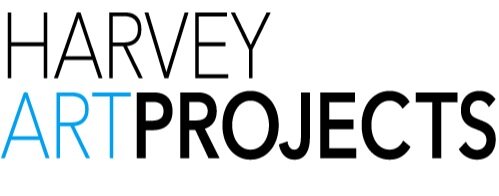“My father Munggurrawuy Yunupingu taught me how to paint. I learnt from watching him. He was always working. He said to me, ‘When I am gone you will follow behind me and paint too. Show the people—paint and work’.
That is what he said, and that’s what I do. I love working. I miss it when the bark is too dry to harvest or I can’t find carving wood or make a print. It is the way I was brought up. If I cannot paint I have to go and get fish or oysters or yams. I cannot sit and do nothing.”
Nyapanyapa Yunupingu is a woman of small stature, but big on style. Her art practice is quite independent of any bark-painting tradition within the Arnhem Land region. She is the daughter of the famous cultural leader Munggurrawuy Yunupingu and sister to Galarrwuy and Mandawuy, both Australians of the Year. She is a widow and was the wife of Djiriny Manunggur, a Djapu clan leader.
The exciting aspect of Nyapanyapa’s art practice is that she paints to satisfy herself. There is very little evidence of the Dreaming narratives of the ancient past. Her life stories are vividly depicted in both figurative and abstract form. Her earliest bark paintings were depictions of collecting bush foods, such as wild apples, and are both figurative and landscape in form. Unlike traditional bark painting of Arnhem Land, Nyapanyapa does not segment components of the narrative into various compartments; rather, it is one story within one rectangular frame. Equally, the content of the bark painting is a portrayal of historical or contemporary events and activities, rather than an ancient Dreaming narrative.
The way Nyapanyapa uses traditional natural earth pigments is very distinct. The bark is primed with either black or red ochre. The figurative element is then drawn on the sheet of bark using white ochre. Nyapanyapa paints the entire background in segments of white crosshatching. This gives the painting a sense of lightness and rhythm—the dark figures float across the surface of the bark like small boats rhythmically floating across the surface of the ocean. Depth, rhythm and motion are intensified by layering red, black and yellow crosshatched segments on top of the white segments. These works are bright, clear in their contrast and have a wondrous sense of buoyancy. This energy and unpredictable rhythm can also be a reference to the power and strength of the ancestral spiritual realm.
Following these works, during 2009, Nyapanyapa removed the figurative elements from her work so that only the layered coloured segments of crosshatching remained; this is called ‘mayilimiriw’. The literal translation of ‘mayilimiriw’ is ‘meaningless’; that is, they have no Dreaming narrative; however, they are not devoid of substance. These works no longer exist as landscapes in a horizontal plane, but rather are transferred onto a vertical plane. They can also be read as landscapes from a topographical perspective and not a lineal plane. This is an innovative departure from bark-painting traditions as, in the past, vertical bark paintings tended to refer to body painting.
Nyapanyapa’s ‘white paintings’ are mayilimiriw. They are unpretentious intuitive white waves of free-flowing crosshatching. One gets a sense of the melodic rhythm of the ocean’s competing currents. The works are like random movements of white foam on the shoreline as the ocean tides advance and recede.
COLLECTIONS
Art Gallery of NSW, Sydney, NSW
Roslyn and Tony Oxley, Sydney, NSW
Museum and Art Gallery of the NT, Darwin, NT
National Gallery of Australia, Canberra, ACT
Charles Darwin University Collection, Darwin, NT
National Gallery of Victoria, Melbourne, VIC
Levi Kaplan, Seattle USA
University of Melbourne
AWARDS
Wandjuk Marika 3D Memorial Award 25th Jubilee NATSIAA, 2008 MAGNT, Darwin
Highly Commended 2012 29th Telstra NATSIAA, MAGNT Darwin NT
Art Gallery of NSW, Sydney, NSW
Roslyn and Tony Oxley, Sydney, NSW
Museum and Art Gallery of the NT, Darwin, NT
National Gallery of Australia, Canberra, ACT
Charles Darwin University Collection, Darwin, NT
National Gallery of Victoria, Melbourne, VIC



